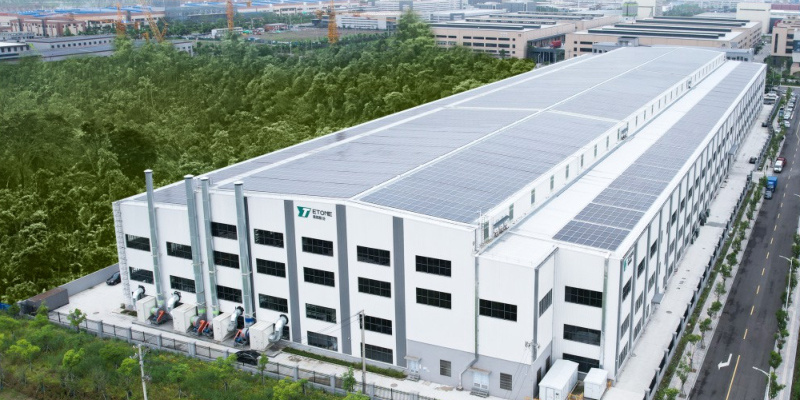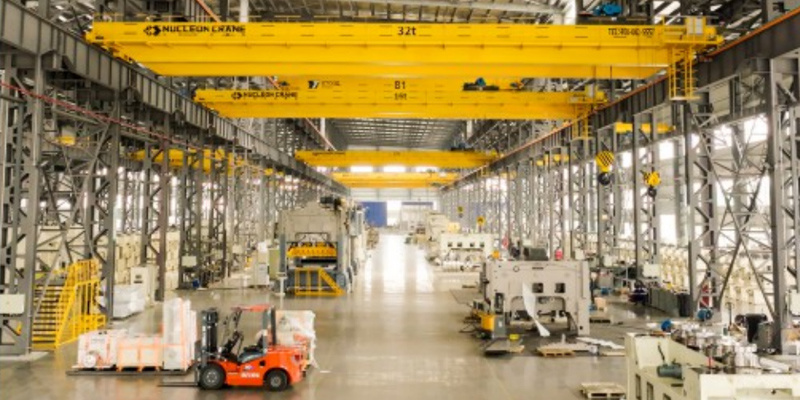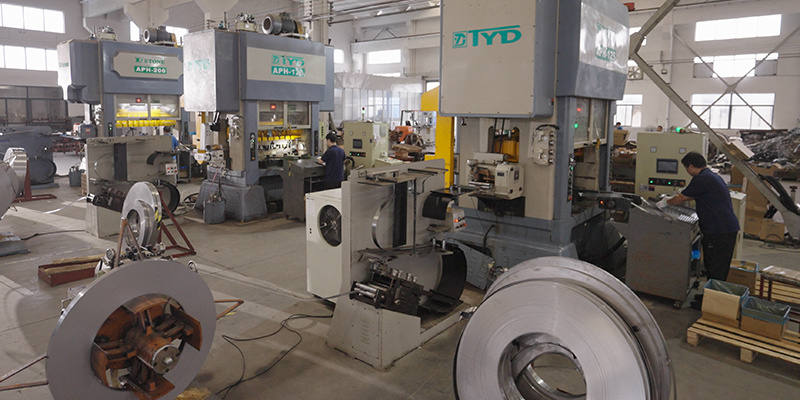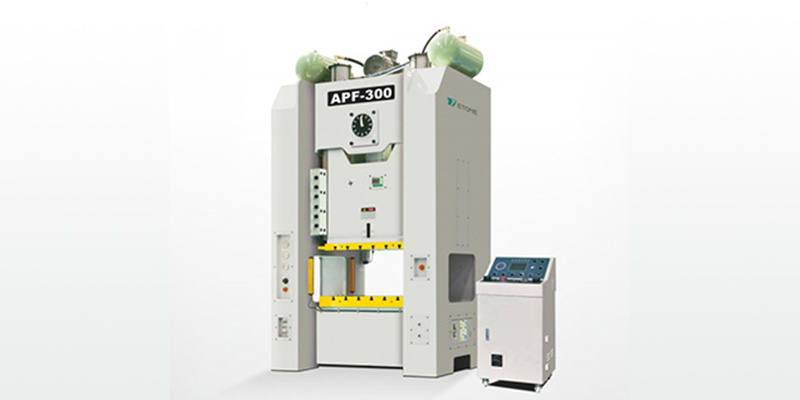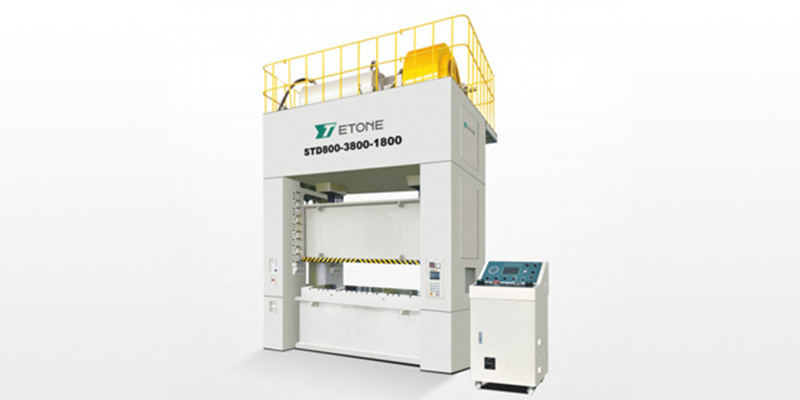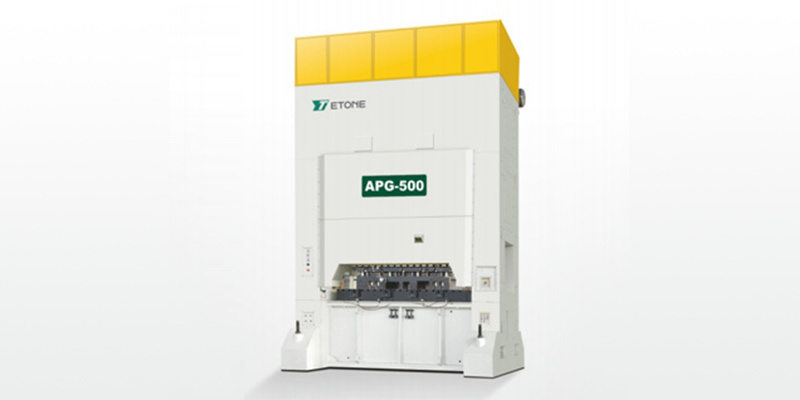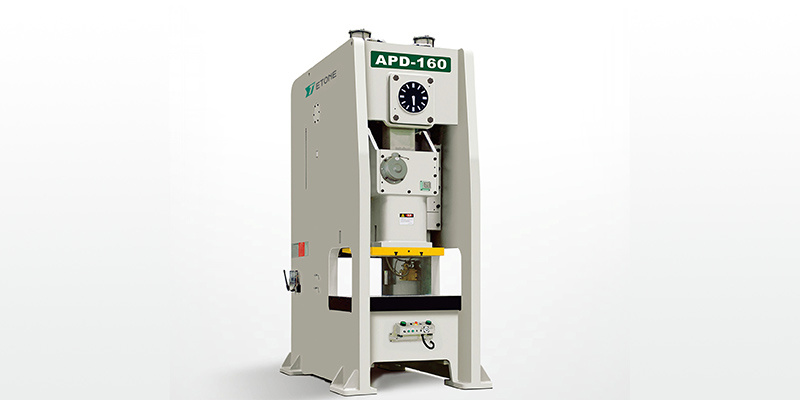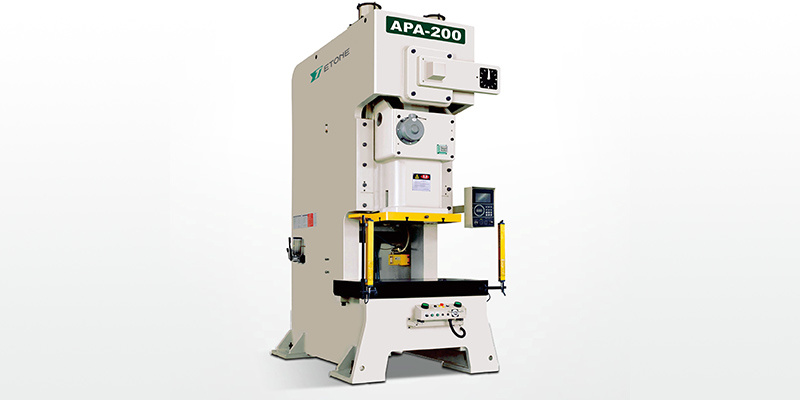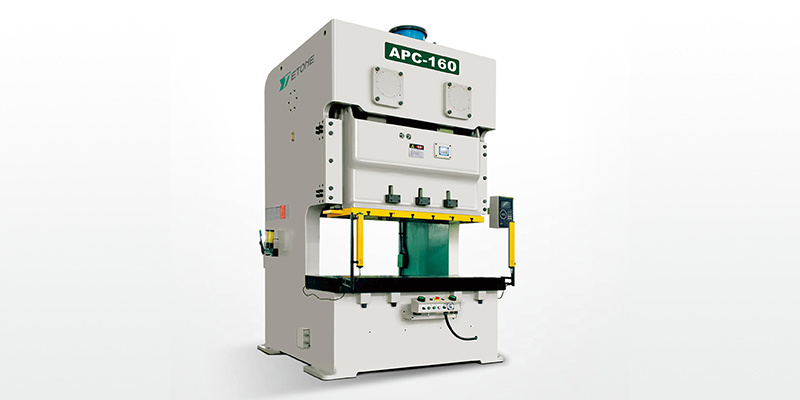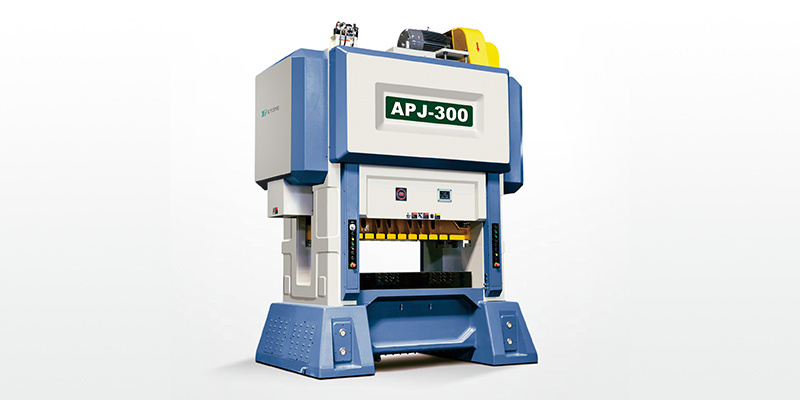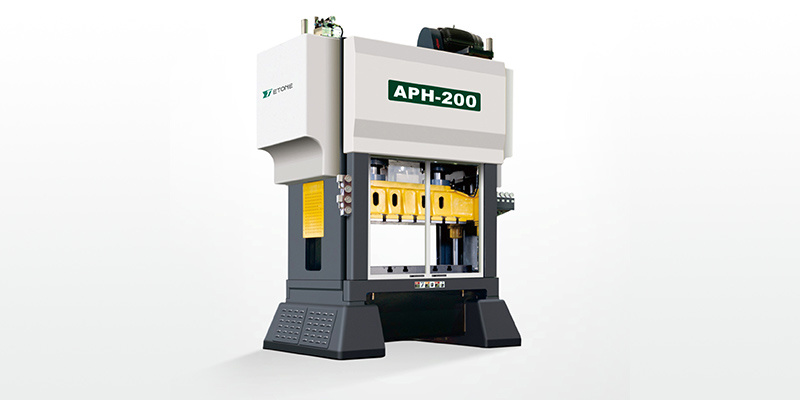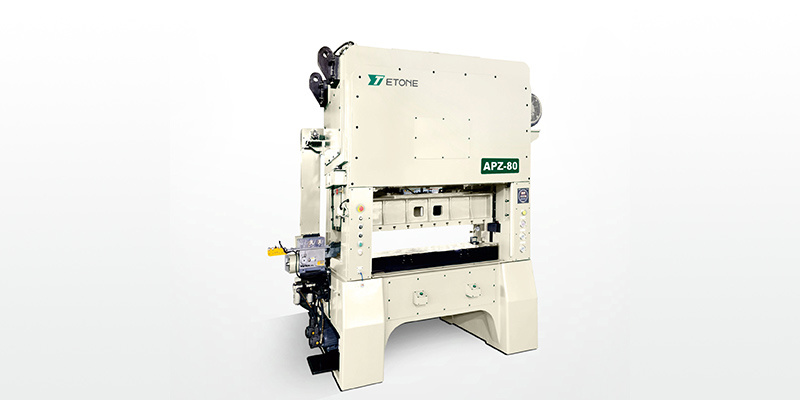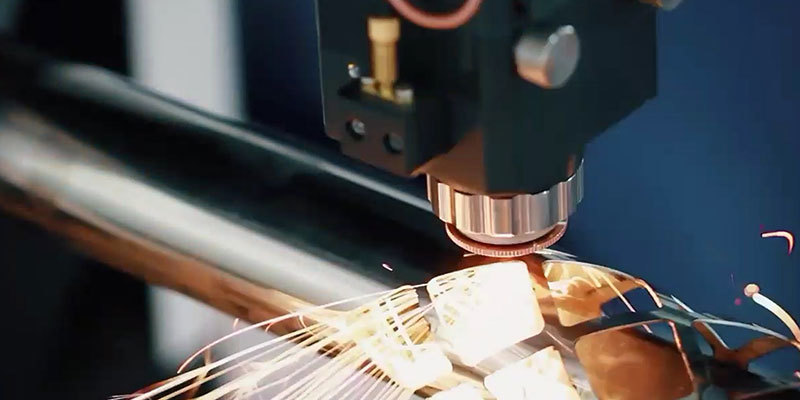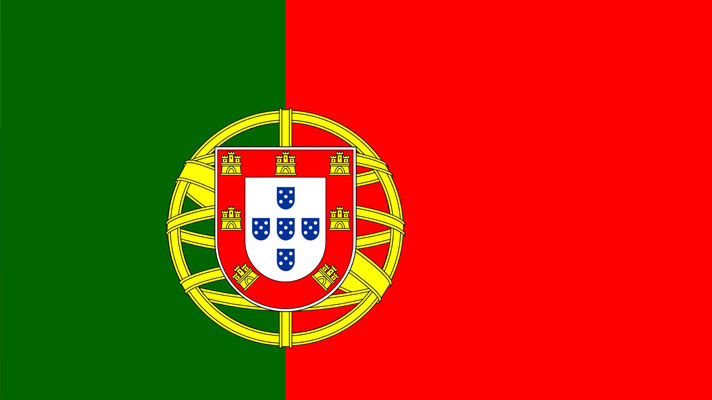The advantages and disadvantages of various feeder
Release time:
2024-02-04
Author:
Source:
Feeder: Feeder is the feeding equipment used earlier in the stamping industry. Its principle is based on the air as the power. The material is clamped by the cylinder and fed through the telescopic stroke of the cylinder. The feed length is adjusted by adjusting the cylinder. Controls the length of the stroke. The advantages of the air feeder: simple operation, convenient installation, affordable, and can realize automatic punching and feeding equipment at a low price. In actual production, it is mainly used for feeding stamping products with low precision and low speed requirements.

VariousFeederThe advantages and disadvantages
1、Feeder: The feeder is an earlier feeding equipment used in the stamping industry. Its principle is based on the air as the power. The material is clamped by the cylinder and fed through the telescopic stroke of the cylinder. The feed length is adjusted by adjusting the cylinder. Controls the length of the stroke.
Air feederAdvantages: simple operation, convenient installation, affordable, can realize automatic punching and feeding equipment at a low price. In actual production, it is mainly used for feeding stamping products with low precision and low speed requirements.
AirFeederDisadvantages: easy to damage the material, O-ring wear will affect the feeding accuracy.
2. High-speed rollerFeeder: Roller feeder is a widely used feeding equipment. The principle is that the connecting rod is connected with the output shaft of the punch, driven by the punch, and the feeder is adjusted by adjusting the yaw amplitude of the eccentric disc. The length of the feed.
The advantages of high-speed roller feeder: high feeding precision, fast speed, no additional energy supply, low failure rate. Disadvantages of high-speed roller feeder: Due to the limited yaw of the eccentric disc, the feeding length can only reach 300mm, and the feeding step adjustment is inconvenient. The punch requires an output shaft to mount.
3. High-speed transmissionFeederIt is an intermittent feeding method driven by a cam. The change of the feed distance is realized by the transformation of 2~4 gears. Advantages of the high-speed gear replacement feeder: The unique split cam mechanism and gears ensure high-precision and high-speed feeding. There is no need to adjust the feeding thickness, and the feeding distance can only be changed by gears. The relaxation device is an eccentric cam, which can freely adjust the relaxation angle in the range of 0 ° ~ 180 °.
Disadvantages of high-speed shift feeder: small scope of application and high price.
4. ServoFeederIs the use of a full set of CNC system to drive the feeding roller to achieve feeding models. The feeding parameters (length, speed, quantity) can be set on the touch screen to complete a simple feeding length, and the feeding length is not limited.
Advantages: high servo feeding precision, multi-stage feeding, long stepping function, convenient operation and debugging, high degree of customization (various thick plates, swing type).
Disadvantages: High model cost
5. Clip typeFeederDriven by a cam, one arc cam and three plate cams are used to achieve high-speed and stable feeding. Built-in detection mechanism can detect the blockage or deformation of the material. The feed interval angle of 165 degrees allows the material to stay longer in the punch. In combination with the mold guide pin, the demoulding time of the material during the material guiding process can be adjusted. Can transport round or square line.
Clip-onFeederAdvantages: The feeding speed can be synchronized with the punch, and the speed can reach 1200 times per minute. Its feeding accuracy is higher, more stable, and the machine is lighter and smaller. It is suitable for feeding ultra-thin materials, such as high-precision and high-speed stamping of connection detectors, lead frames, and inspection parts.
Clip-onFeederDisadvantages: Generally used for feeding materials between 0.1-0.5mm, the scope of application is small, and the price is relatively high.
Latest developments
Service Hotline:
Zhejiang ETONE Precision Machine Co., Ltd.
Address: No.327 South of Tinghai Road, Yinzhou EconomicDevelopment Zone, Yinzhou Distrist, Ningbo, China
Telephone: +86-574-89016676,+86-574-86198845
Fax: +86-574-86198900
E-mail:sales@china-etone.com

WeChat Public Number


